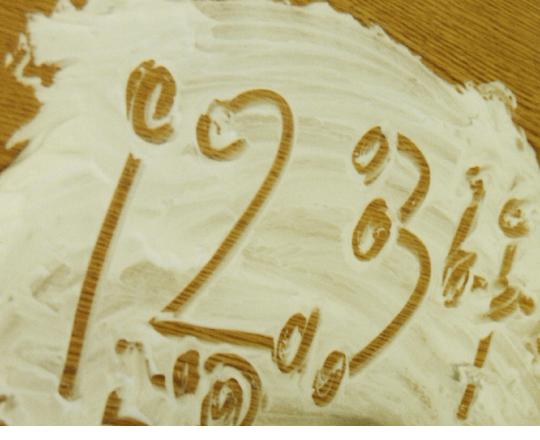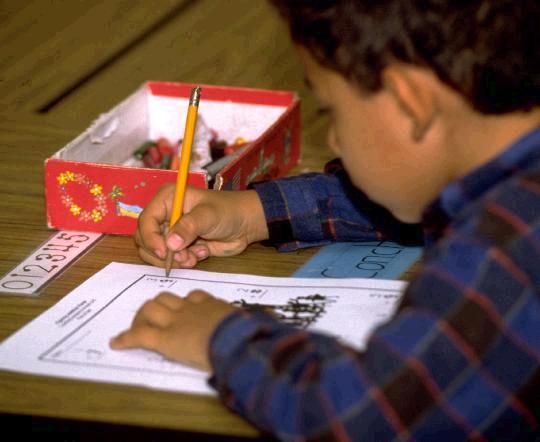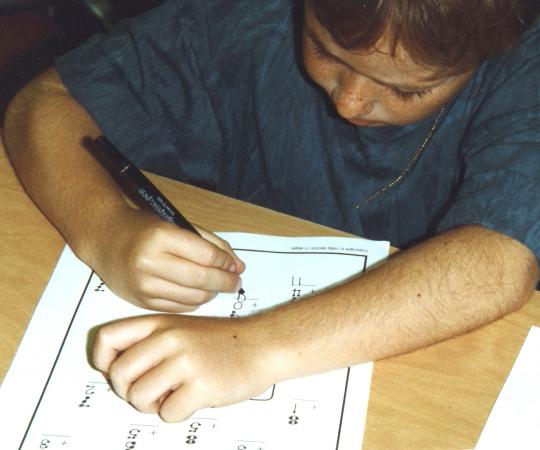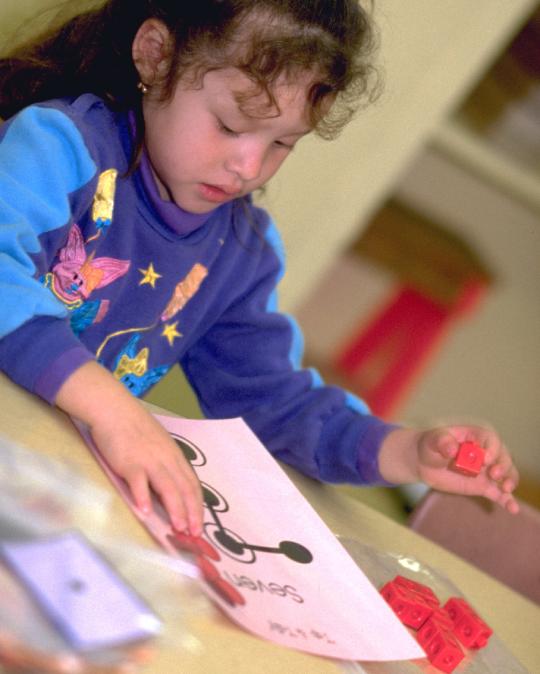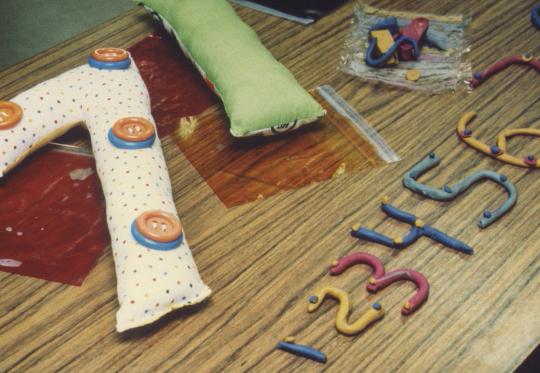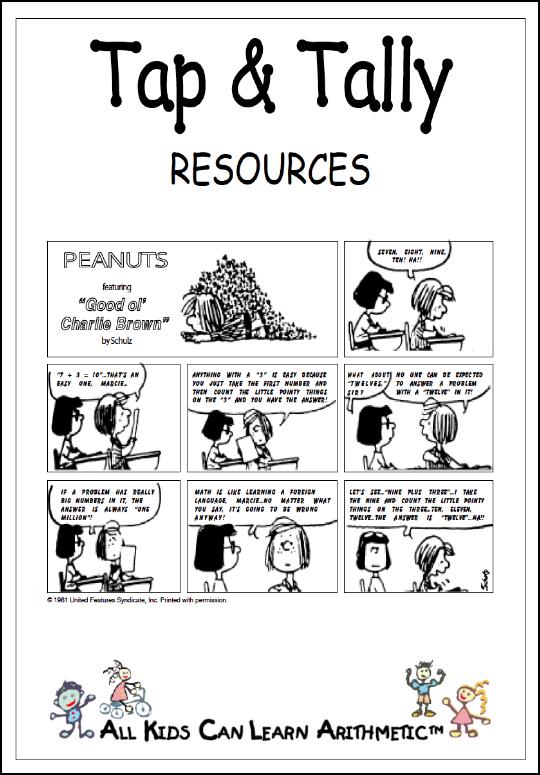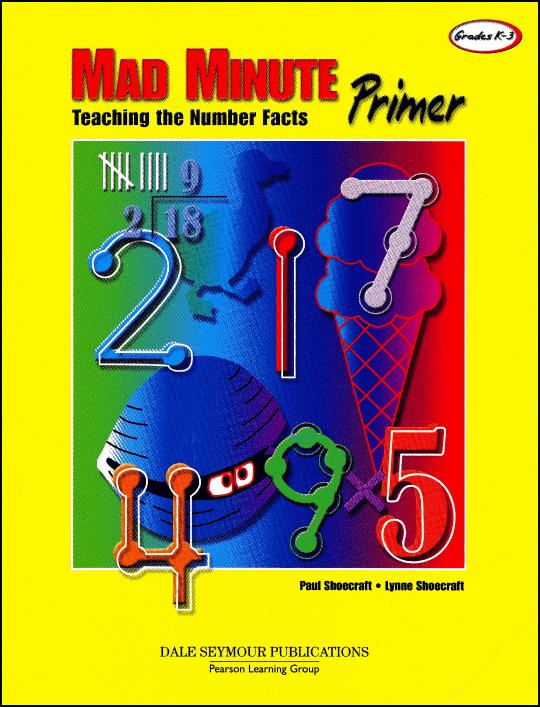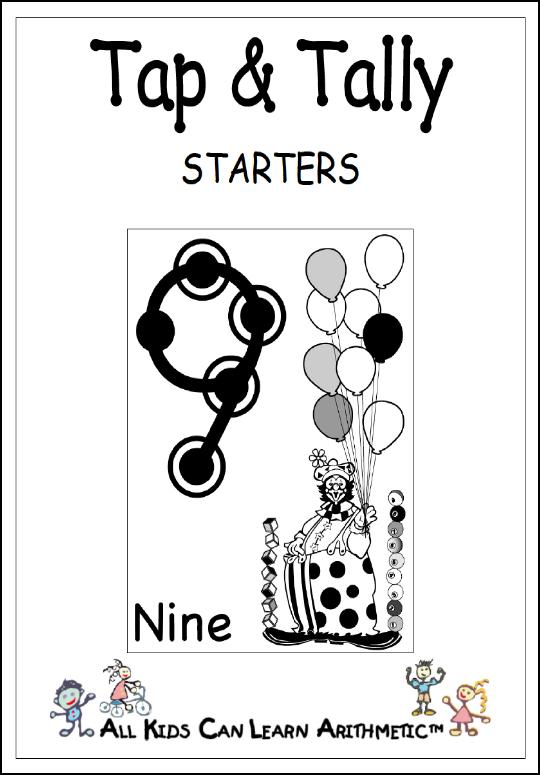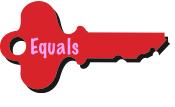 |
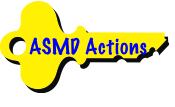 |
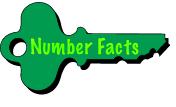 |
 |
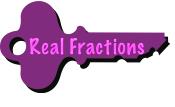 |
||||||||||
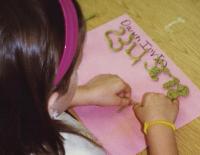 |
||||||||
 |
||||||||
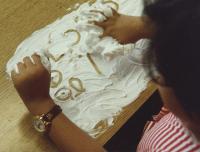 |
||||||||
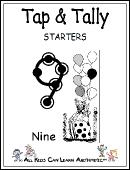 |
||||||||
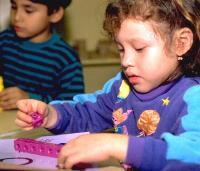 |
||||||||
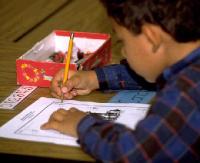 |
||||||||
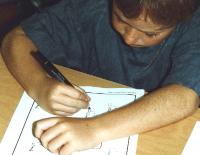 |
||||||||
There is a joke about the number facts concerning an elderly man talking to a young man about aging. The elderly man says, “The first thing I noticed as I got older was I lost my 9s. Then the 8s went. I’m now living in the low numbers.” Funny or not, being unsure of the number facts is no joking matter.
Too Much to Remember
There are 390 number facts:
• 100 addition facts from 0 + 0 = 0 through 9 + 9 = 18
• 100 subtraction facts from 0 – 0 = 0 through 18 – 9 = 9
• 100 multiplication facts from 0 x 0 = 0 through 9 x 9 = 81
• 90 division facts from 1÷1=1 through 81÷9=9 (There are only 90 division facts because , thus the only divisors are 1, 2, 3, ..., 9.)
That is a lot to remember. Some of the facts are redundant, like 4+7=7+4 and 8x3=3x8, and other ones are easy to remember, like 0 times any number is 0 and 1 times any number is that number; however, there are still about 200 unique ones, and that is a lot to remember. A perennial problem for many students is forgetting some of them, even ones they once recalled easily.
Too Fundamental to Success for Guessing
If an elementary school student is not sure of a number fact, like 8+5 or 13–6, and guesses wrong, they will miss problems like 38+45 and 93–56. If he or she guesses wrong for 6x7, 6x9, 8x7, or 8x9, they will do likewise for (6x+8)(7x+9). If errors like these occur while taking a standardized test, the student will select “none of the above” on their answer sheet and make themselves, their teacher, and their school look bad. For the student, in particular, the consequences can be devastating. Guessing incorrectly for even 10 number facts can result in enough wrong answers over time to erode a student’s self-confidence and self-esteem to where he or she becomes a math dropout or drops out of school altogether.
An Unreasonable Standard
The biggest hurdle in teaching the number facts is not the teaching of them. It is the automaticity standard—the common belief that students should be able to recite any and all of the 390 facts automatically without thinking even as adults. Most will never be able to meet that expectation except possibly for a few peak moments, and it doesn not mean they are dumb or in any way restricted to advance in mathematics. It means they are normal.
For most of us, kids and adults alike, remembering is a “use it or lose it” proposition. Challenge yourself to remember things you once knew “as well as you know your own name”—things like the telephone number of your best friend when you were in high school or the zip codes of your last three addresses. Thousands of pre-service and practicing elementary school teachers in ALL KIDS CAN LEARN ARITHMETIC classes and workshops have been challenged similarly, and the results were amazing: about 1 in 5 actually remembered them! Maybe you remembered them, which would mean that you, along with the others that remembered them, are wonderfully odd. The 4 in 5 who could not remember them define normalcy.
Three Teaching Methods
The most common teaching methods for the number facts are and . A brief description of each is given in the pop-ups for them. ALL KIDS CAN LEARN ARITHMETIC uses both and also Tap & Tally™, a system of touching and counting on the numerals developed by that enables students to figure out the number facts, thus eliminating guessing.
In Tap & Tally™, each numeral from 1 through 9 is given “tap” points—dots and “double” dots—to depict its numerousness. A dot gets one tap. A double dot—a dot inside a circle—gets two taps. Each numeral then gets as many dots and double dots as needed to indicate its numerousness. As shown on the next page, the numerals 1 through 5 get dots, and those for 6 through 9 get dots and double dots.

Mad Minute Primer
A program modeled after The Mad Minute for teaching the number facts in grades K-2 in only 10 to 15 minutes a day for 10 to 16 weeks. STOPS GUESSING! If students know a fact, they are to write it down. If not or not sure, they are to figure it out using the TouchMath numerals for 1 through 9 and its system of touching and counting on the numerals.
Features four MOVE IT Math™ characters—Motley Crab Adder, Tractor Subtracter, Sir Crab Multiplier, and Collider Divider—who depict the operations as combining and separating actions.
Includes instructions, a pacing chart, prerequisite counting activities, and reproducible black-line masters with permission to duplicate.
Grades K-3, 256 pages.
Purchase from this website or Pearson Learning.
